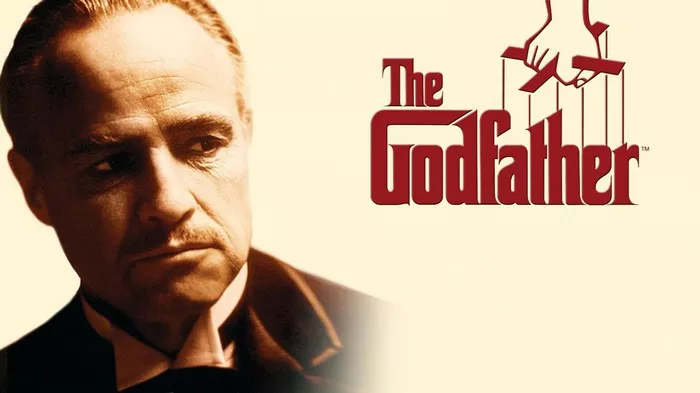In the pantheon of cinematic masterpieces, “The Godfather Part II” stands as a monumental achievement, weaving a narrative tapestry that explores the complexities of power, family, and the enduring consequences of choices made. As audiences delve into this cinematic odyssey, a fundamental question arises—How Long Is The Godfather Part II? This exploration navigates not only the temporal dimensions of the film but also delves into its narrative intricacies, character dynamics, and the cultural resonance that has solidified it as a timeless classic.
The Cinematic Epic Unfolds: A Runtime Exploration
1. Temporal Dimensions: Understanding the Duration
“The Godfather Part II” boasts a runtime of approximately 200 minutes, making it a substantial cinematic experience. Directed by Francis Ford Coppola and released in 1974, the film embraces an expansive narrative canvas that spans decades and traverses multiple storylines, contributing to its extended runtime.
2. The Narrative Complexity: Weaving Multiple Threads
The film’s extended duration is not a mere exercise in length but a deliberate choice to accommodate the intricate narrative structure. “The Godfather Part II” unfolds parallel storylines, juxtaposing the rise of a young Vito Corleone (played by Robert De Niro) with the challenges faced by his son, Michael Corleone (Al Pacino), in the 1950s and 1960s. This dual narrative approach enriches the storytelling but necessitates a longer runtime.
The Impact of Time on Storytelling: From Vito to Michael
1. Vito Corleone’s Origin Story: A Journey into the Past
A significant portion of the film is dedicated to exploring the origin story of Vito Corleone. De Niro’s portrayal of the young Vito takes the audience back to early 20th-century Sicily, tracing the events that shaped him into the formidable figure introduced in the first film. This temporal excursion adds depth to the character, requiring time for the narrative to unfold organically.
2. Michael Corleone’s Contemporary Struggles: A 1950s and 1960s Saga
Concurrently, the film follows Michael Corleone’s struggles to maintain power and dominance in the 1950s and 1960s. As the Corleone family faces external threats and internal betrayals, the narrative tension builds across different timelines. The extended runtime allows for the meticulous exploration of Michael’s character evolution and the far-reaching consequences of his actions.
Cultural Resonance: Beyond the Clock’s Ticking Hands
1. Critical Acclaim: A Cinematic Triumph
Despite its substantial runtime, “The Godfather Part II” has received universal acclaim from critics and audiences alike. The film not only won multiple Academy Awards, including Best Picture, Best Director, and Best Supporting Actor for De Niro but also solidified its status as one of the greatest films in cinematic history. Its runtime is not perceived as a hindrance but as an essential component of the epic storytelling experience.
2. Influence on Filmmaking: Pioneering Narrative Depth
The film’s narrative complexity, coupled with its extended duration, has influenced subsequent generations of filmmakers. “The Godfather Part II” demonstrated that cinematic storytelling could transcend traditional boundaries, allowing for intricate character development and multi-layered narratives that resonate with audiences on a profound level.
Conclusion: A Timeless Odyssey of Cinematic Brilliance
As we navigate the temporal landscape of “The Godfather Part II,” the answer to the question of its duration transcends mere minutes and seconds. The film’s extended runtime is not a barrier but a gateway to a cinematic odyssey—one that explores the intricacies of power, family, and the indelible impact of choices.
“The Godfather Part II” is a testament to the artistry of filmmaking, where time becomes a canvas on which the Corleone legacy is painted. The exploration of Vito’s past and Michael’s present requires the luxury of time, inviting audiences to immerse themselves fully in a narrative that unfolds with deliberate pacing and meticulous detail.
In the tapestry of cinematic history, “The Godfather Part II” stands as a timeless masterpiece—a film that not only embraces its duration but uses it as a tool to craft an immersive and unforgettable storytelling experience. As audiences continue to revisit this cinematic gem, they are reminded that some stories require time to be told, and in the case of “The Godfather Part II,” every minute is an investment in the exploration of the human condition, the complexities of power, and the enduring echoes of a legacy that transcends time itself.

